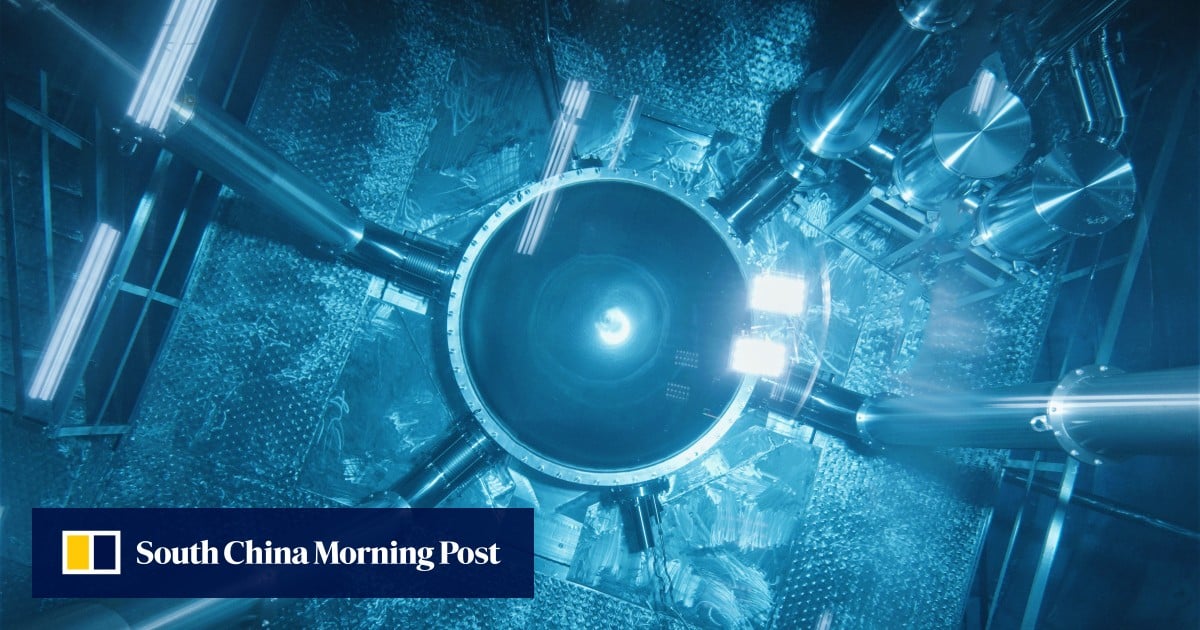Chinese authorities have reiterated the need for technological breakthroughs in a range of hi-tech areas, including graphics processing units (GPUs), quantum computing, humanoid robots and brain-computer interfaces, in Beijing’s latest effort to seek control of “the industries of the future”.
A document issued on Monday by the Ministry of Industry and Information Technology, the Ministry of Science and Technology, the Chinese Academy of Sciences and other departments, urges the country to “grasp the opportunities of a new round of scientific and technological revolution” at a time when the US is doubling down on a “small yard, high fence” approach to block China’s access to key technologies.
The US has been ramping up its tech pressure on China. As a result of Washington’s October update of export restrictions for advanced chips, Nvidia is unable to sell its cutting-edge GPUs – including some tailor-made for China to comply with previous regulations – to the country.
Strong China demand for chip tools bolsters revenue at Lam Research and ASML
Strong China demand for chip tools bolsters revenue at Lam Research and ASML
The Biden administration will require such firms to reveal foreign customer names and IP addresses, and they will need to devise a budget for collecting those details and report any suspicious activity, according to a draft rule published on Sunday.
The Chinese government is pushing a “whole-of-the-nation” approach to focus resources on breakthroughs in designated areas. The latest policy document identifies GPUs that can help train large language models and robots that can be used in smart manufacturing and household services.
It also mentions brain-computer interfaces, which Tesla founder Elon Musk has been developing with Neuralink, and which can be applied to medical treatments, autonomous-driving and virtual reality.
The document sets a target of achieving breakthroughs in at least 100 core cutting-edge technologies by 2025 and to become a global leader in certain areas by 2027, although it does not lay down the criteria for assessing progress.
The authorities also promise that China would “actively participate in the global division of labour and cooperation” and “deeply integrate into the global innovation network”, adding that the nation “encouraged multinational corporations and foreign academic institutes to set up research centres in China”.
In terms of industries, China will focus on “future manufacturing”, “future information”, “future materials”, “future energy”, “future space” and “future health”.
In recent years, Beijing has repeatedly urged scientists and companies to achieve self-sufficiency in semiconductor supplies. China aims to produce 70 per cent of the chips it uses by 2025.
The new guideline comes hot on the heels of the annual tone-setting central economic work conference in December, when China’s top leaders set developing “industries of the future” as a key mission for the year ahead.

Wanda Parisien is a computing expert who navigates the vast landscape of hardware and software. With a focus on computer technology, software development, and industry trends, Wanda delivers informative content, tutorials, and analyses to keep readers updated on the latest in the world of computing.


